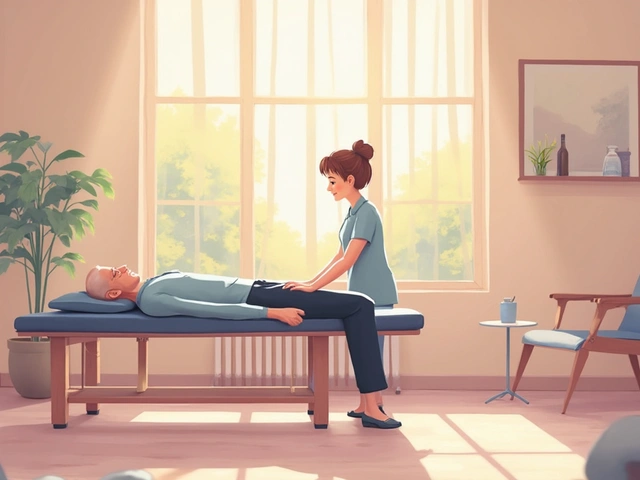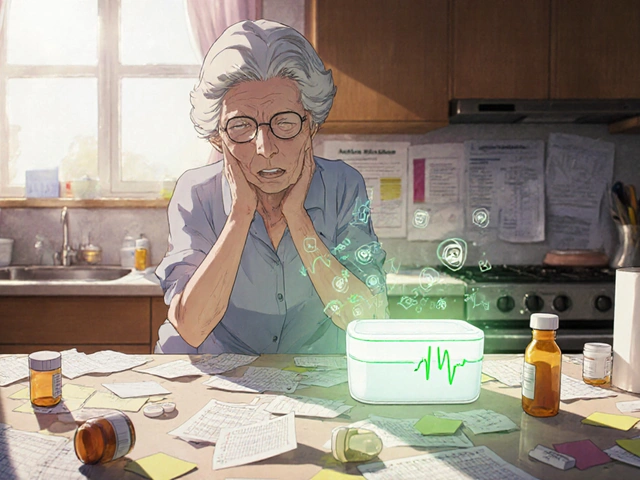Tretinoin Cream: What It Does and How to Use It Right
Tretinoin cream is a powerful topical retinoid that speeds skin cell turnover. That makes it great for acne, fine lines, and uneven skin tone — but it can also cause redness and peeling if used wrong. This page gives clear, usable steps so you get results without wrecking your skin.
How tretinoin works and who should use it
Tretinoin is a vitamin A derivative. It unclogs pores, boosts collagen over time, and fades dark spots by speeding up cell renewal. Doctors prescribe it for acne, sun damage, and some cases of hyperpigmentation. Typical strengths are 0.025%, 0.05%, and 0.1%—lower strengths are better for beginners or sensitive skin.
Most people need a prescription. If you’re pregnant, breastfeeding, or planning pregnancy, don’t use tretinoin without talking to your clinician first—topical tretinoin is generally not recommended in pregnancy.
How to start and use tretinoin safely
Start slow. Wash your face with a gentle cleanser, pat dry, and wait 10–20 minutes so your skin isn’t damp. Use a pea-sized amount for the whole face and spread it thinly. If your skin reacts strongly, use it every other night or try the "sandwich" method: apply a light moisturizer, then tretinoin, then moisturizer again to reduce irritation.
Don’t mix tretinoin and benzoyl peroxide at the same time—both can be drying and less effective together. Either use them on alternate nights or separate them by morning/evening routines. Avoid strong acids (AHA/BHA) and professional treatments like chemical peels or laser while your skin adjusts.
Sunscreen is non-negotiable. Tretinoin increases sun sensitivity, so use SPF 30+ daily and reapply when outdoors. Wear protective clothing and avoid prolonged midday sun.
Expect a short purge. In the first 4–8 weeks you might see more breakouts and peeling as clogged pores clear. That’s normal—most people notice real improvement around 8–12 weeks for acne and 3–6 months for signs of aging. If severe irritation, blistering, or lasting redness occurs, stop and consult your provider.
Common side effects are dryness, flaking, mild burning, and increased sensitivity. Use fragrance-free moisturizers and a gentle cleanser. If you have very sensitive or eczema-prone skin, ask your doctor about lower-strength tretinoin or alternative retinoids.
Storage and practical tips: keep tretinoin at room temperature away from light and heat. Apply a thin, pea-sized layer—more is not better. Be patient: steady use gives the best results. If unsure about interactions with other meds or treatments, check with your pharmacist or dermatologist.
Quick checklist: pick the lowest effective strength, start every other night, moisturize, use daily sunscreen, and give it at least 8–12 weeks before judging results. Ask your doctor if you’re pregnant, nursing, or using other prescription skin meds.

Best Ways to Buy Tretinoin Cream Online Safely: A Complete Guide
Get real tips and facts on how to buy tretinoin cream online, where to find safe pharmacies, what to avoid, and how to make the process smooth.
Detail




